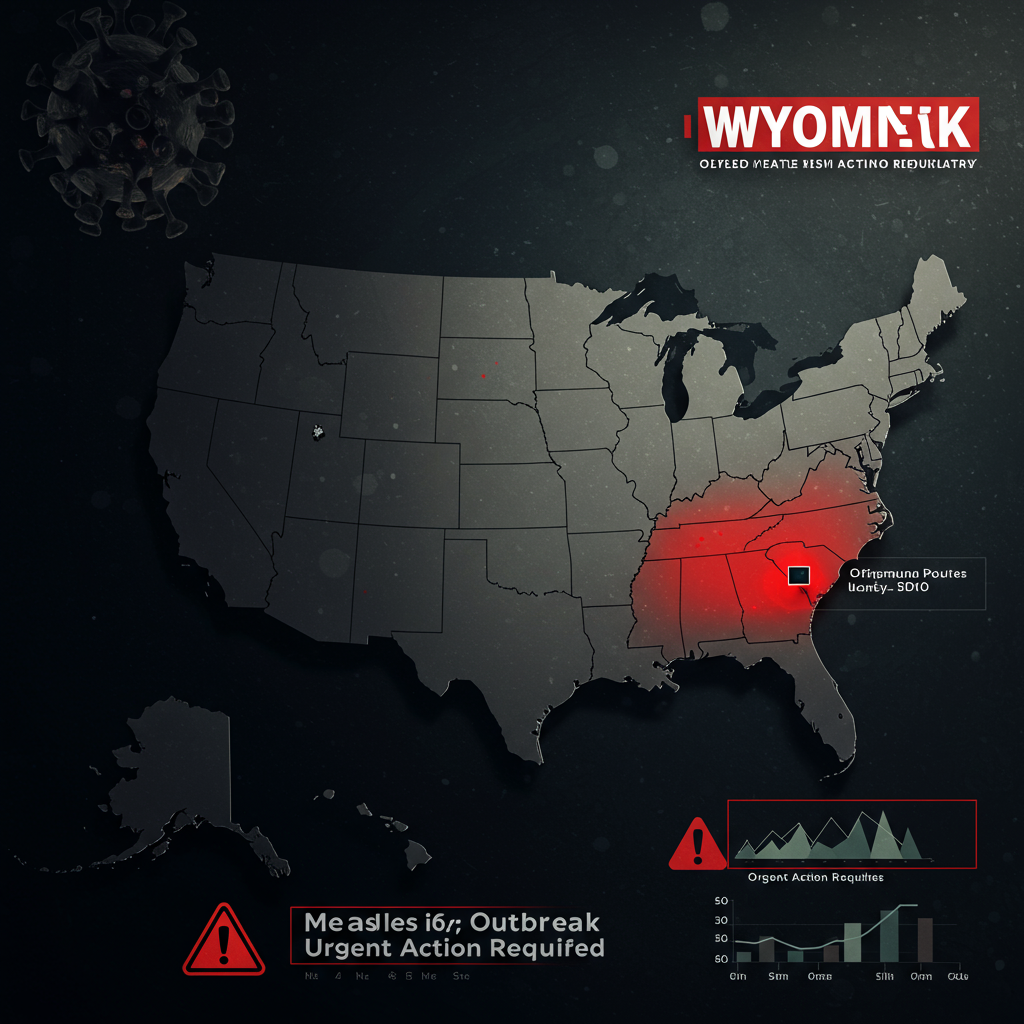The simmering tensions between Israel and Iran have exploded into direct conflict, marking a dangerous new phase in Middle East stability. As the exchange of strikes intensified into its fifth day in June 2025, panic gripped civilian populations on both sides, leaders issued stark warnings, and the world watched, assessing the potential for wider regional turmoil.
This direct confrontation, characterized by aerial bombardments and missile barrages, goes beyond previous exchanges and brings the long-standing shadow war into the open. It follows a period of heightened regional instability since the October 2023 Hamas-led attack on Israel, which also saw a significant escalation in fighting between Israel and Iran-backed Hezbollah in Lebanon.
Here are four critical aspects defining this intensifying conflict:
Civilians Caught in the Crossfire
Amidst the escalating hostilities, civilians are facing dire consequences. In Iran’s capital, Tehran, warnings from Israel prompted mass panic, leading to choked roads and difficulties for residents attempting to flee the city. Accounts from Tehran residents like Zahra and Dena describe fear, a desperate search for safety, lack of communication due to signal issues, and insufficient guidance from authorities on how to protect themselves.
Israel justifies its strikes by stating they target military and nuclear infrastructure essential to preventing Iran from developing a nuclear weapon. However, Iranian state media reports indicate a significant civilian toll, with hundreds killed, including women and children.
Iran has retaliated with extensive missile and drone attacks targeting Israel and the occupied West Bank. While many projectiles were intercepted by Israel’s defense systems, some have struck residential areas, resulting in casualties and damage. Israeli officials have reported dozens killed and hundreds wounded in these attacks, noting this round of direct fire has been notably longer, more destructive, and deadlier than previous exchanges. Experts observe the conflict is “defying expectations,” with Israel reportedly achieving significant aerial control and faster-than-expected degradation of Iran’s missile capabilities.
Neutralizing Iran’s Nuclear Ambitions Poses Significant Challenges
A central focus of Israel’s campaign is dismantling Iran’s nuclear program, which Israel views as an existential threat. While Israel claims its strikes have targeted key nuclear facilities and set back the program significantly, achieving complete disarmament through military means is a complex task.
A major hurdle lies in Iran’s underground nuclear sites, particularly the Fordo enrichment plant, which is deeply buried inside a mountain. Experts and international bodies, such as the International Atomic Energy Agency (IAEA), note that while other facilities like Natanz may have sustained damage to centrifuges, Fordo’s depth makes it highly resistant to conventional airstrikes. Destroying such hardened targets effectively would likely require specialized “bunker buster” munitions and delivery systems, capabilities that the United States possesses but are not part of Israel’s arsenal. While former U.S. officials suggest Israel might have unexpected capabilities, the inherent difficulty of striking Fordo remains a significant factor.
Israel’s Strategic Endgame Remains Unclear
Israel’s ultimate goal in this escalating conflict is a subject of debate among analysts. While Prime Minister Benjamin Netanyahu has stated the primary objective is to dismantle Iran’s nuclear capabilities and that more targets remain, his comments hinting at the Iranian regime being “very weak” and suggesting that eliminating Iran’s Supreme Leader Ayatollah Ali Khamenei could “end the conflict” have fueled speculation.
However, many regional experts and former officials view military-driven regime change as highly unlikely and not a feasible objective for this type of campaign, arguing it would require occupying the country. Instead, some suggest Israel may be employing a strategy described as “mowing the grass”—an iterative process of striking periodically to set back Iran’s nuclear progress rather than aiming for a single, decisive blow. Adding another layer of complexity, reports citing U.S. officials indicate that former President Trump, who has voiced a desire for a “real end” to Iran’s nuclear ambitions, had previously vetoed an Israeli proposal to assassinate Ayatollah Khamenei.
The Real Risk of U.S. Involvement
The conflict carries a significant risk of drawing in the United States. While Israel operates sophisticated U.S.-made military aircraft, its lack of the most powerful bunker-busting bombs and the stealth bombers needed to deliver them means a comprehensive destruction of Iran’s deeply buried nuclear facilities would likely require U.S. assistance.
The U.S. has increased its military presence in the region as tensions mounted, although specific assets like B-2 bombers were reportedly moved from nearby bases. Former President Trump’s decision to cut short his attendance at the G7 summit in Canada underscored the gravity of the situation, though he remained non-committal on the specifics of U.S. military involvement, stating only that he had to return due to its importance.
Any U.S. military action would dramatically alter the conflict’s trajectory, potentially setting back Iran’s nuclear program significantly more than a unilateral Israeli strike. However, experts caution that direct U.S. intervention could entirely shut the door on diplomatic solutions and potentially provoke Iranian retaliation against U.S. forces stationed in the Gulf or attempts to disrupt global energy shipments through the Strait of Hormuz. The conflict also erupted and intensified amidst stalled U.S.-Iran nuclear talks, further complicating the diplomatic landscape.




